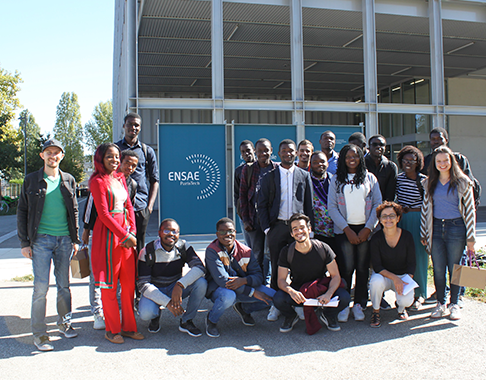Surveys Seminar
ECTS:
2
Course Hours:
12
Tutorials Hours:
0
Language:
French
Examination Modality:
mém.
Objective
This seminar is intended for students who plan to produce or use survey data, either as survey managers or as research analysts (in fields such as economics, sociology, or marketing). Its goal is to provide deeper knowledge and a critical perspective on methods of data design and production (sampling, correction for non-response, weighting, estimation, etc.) as well as on their use through appropriate statistical analysis methods.
It is a continuation of the Surveys course, with a strong focus on the practical aspects of survey research.
Each session will include a presentation by an expert in the field, illustrated with application examples.
Key skills and competencies
By the end of the course, the student:
• will know how to choose, among sampling and data collection methods, those most effective given the survey objectives, sampling frames, and prior information available;
• will know how to implement classical reweighting methods to deal with unit non-response, and calibration techniques;
• will understand how to account for the survey design in the analysis of survey data.
Planning
Sampling methods: review of classical direct sampling methods and introduction to spatial sampling.
Indirect sampling and weight sharing.
Handling unit non-response: causes of non-response, response mechanisms (ignorable, non-ignorable); analysis of factors influencing non-response; response models and reweighting.
Calibration methods: theory of calibration on margins, the Calmar macro and the icarus package, calibration and correction of non-response.
Data collection methodology: the total survey error paradigm, quality indicators for data collection, multimode surveys.
Survey data analysis: accounting for the sampling design in statistics, classical tests, econometric models, appropriate software and packages.
References
Ardilly P. (2006), Les techniques de sondage, Technip, 2e édition
Ardilly P. (2006), Panorama des principales méthodes d’estimation sur le petits domaines, Document de travail M06/02 de l’Insee
Davezies L., D’Haultfoeuille X., (2009), Faut-il pondérer ?… ou l’éternelle question de l’économètre confronté à des données d’enquête, Document de travail G2009/06 de l’Insee
Haziza D. (2009), Imputation and inference in the presence of missing data, Handbook of Statistics, volume 29, Sample Surveys.
Lavallée P. (2002), Sondage indirect, méthode généralisée du partage des poids, éditions de l’Université de Bruxelles
Razafindranovona T. (2015), La collecte multimode et le paradigme de l’erreur d’enquête totale, Document de travail M2015/01 de l’Insee
Sarndal C.-E., Swensson B., Wretman J.(1992), Model Assisted Survey Sampling, Springer-Verlag









